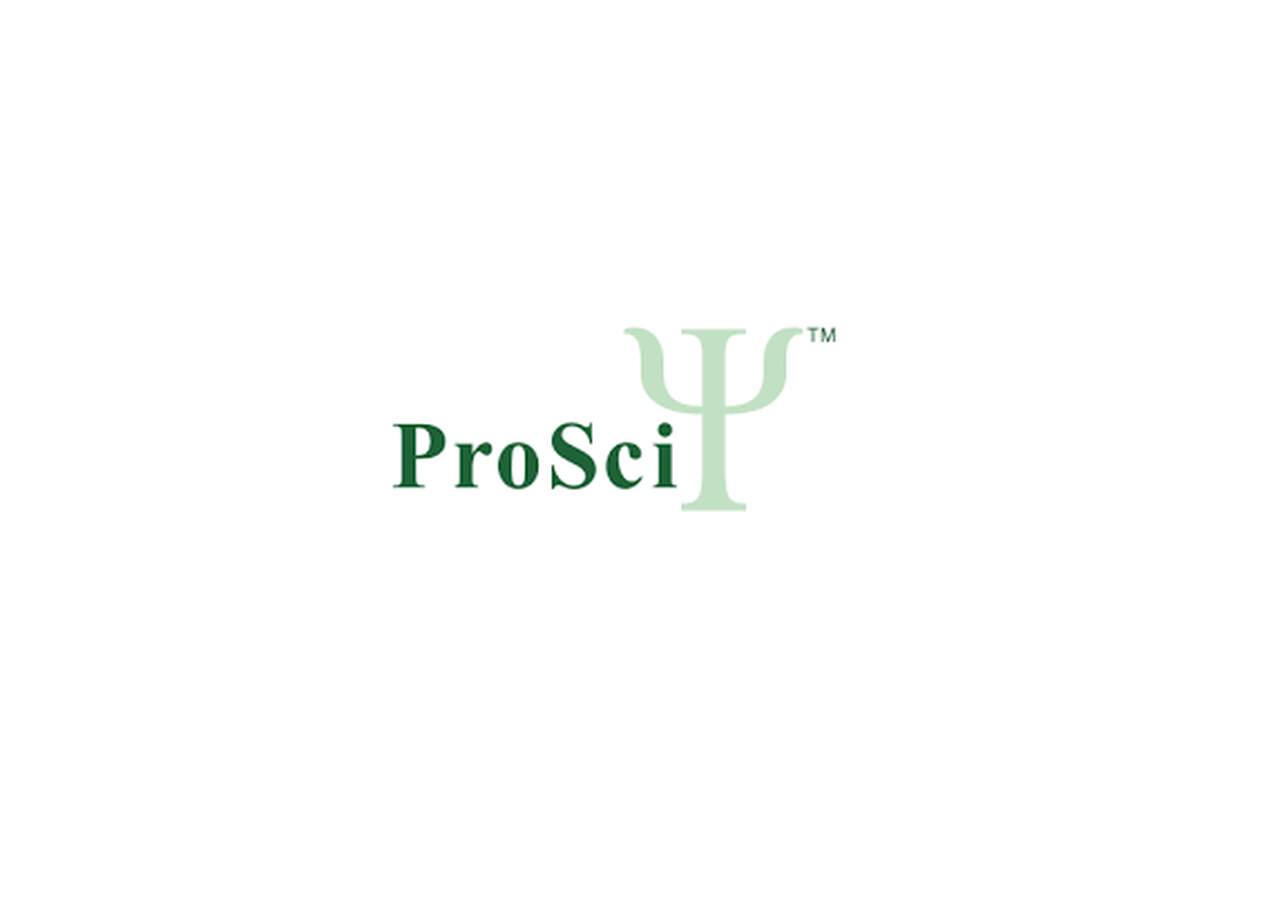Product Description
CYP3A4 Antibody | 15-435 | ProSci
Host: Rabbit
Reactivity: Human
Homology: N/A
Immunogen: A synthetic peptide of human CYP3A4
Research Area: Cancer, Signal Transduction
Tested Application: WB, IHC, Flow
Application: WB: 1:500 - 1:1000
IHC: 1:50 - 1:100
Flow: 1:20 - 1:50
Specificiy: N/A
Positive Control 1: HepG2
Positive Control 2: HT-29
Positive Control 3: 22Rv1
Positive Control 4: HeLa
Positive Control 5: N/A
Positive Control 6: N/A
Molecular Weight: Observed: 57kDa
Validation: N/A
Isoform: N/A
Purification: Affinity purification
Clonality: Polyclonal
Clone: N/A
Isotype: IgG
Conjugate: Unconjugated
Physical State: Liquid
Buffer: PBS with 0.02% sodium azide, pH7.3.
Concentration: N/A
Storage Condition: Store at 4˚C. Avoid freeze / thaw cycles.
Alternate Name: CYP3A4, cytochrome P450, family 3, subfamily A, polypeptide 4, HGNC:2637, CP33, CP34, CYP3A, CYP3A3, HLP, NF-25, P450C3, P450PCN1, P450-III, steroid inducible, subfamily IIIA (niphedipine oxidase) , polypeptide 3, subfamily IIIA, glucocorticoid-inducible P450, nifedipine oxidase
User Note: Optimal dilutions for each application to be determined by the researcher.
BACKGROUND: This gene encodes a member of the cytochrome P450 superfamily of enzymes. The cytochrome P450 proteins are monooxygenases that catalyze many reactions involved in drug metabolism and synthesis of cholesterol, steroids and other lipids. This protein localizes to the endoplasmic reticulum and its expression is induced by glucocorticoids and some pharmacological agents. This enzyme is involved in the metabolism of approximately half the drugs in use today, including acetaminophen, codeine, cyclosporin A, diazepam and erythromycin. The enzyme also metabolizes some steroids and carcinogens. This gene is part of a cluster of cytochrome P450 genes on chromosome 7q21.1. Previously another CYP3A gene, CYP3A3, was thought to exist; however, it is now thought that this sequence represents a transcript variant of CYP3A4. Alternatively spliced transcript variants encoding different isoforms have been identified.
 Euro
Euro
 USD
USD
 British Pound
British Pound
 NULL
NULL










![CYP3A4 Antibody [APG02892G] CYP3A4 Antibody [APG02892G]](https://cdn11.bigcommerce.com/s-452hpg8iuh/images/stencil/500x659/products/863702/1155769/logo__92149.1659788186__58284.1659859868.png?c=2)



